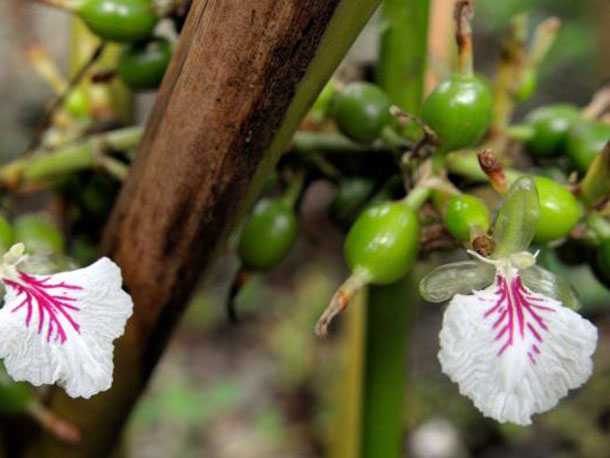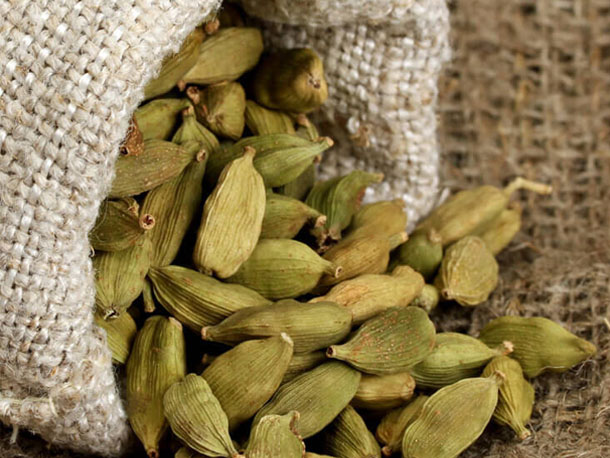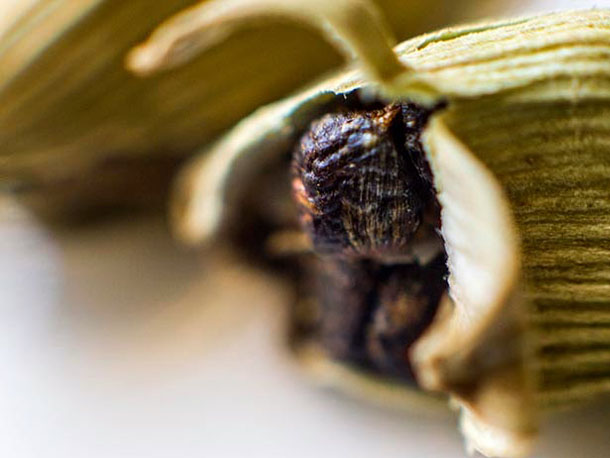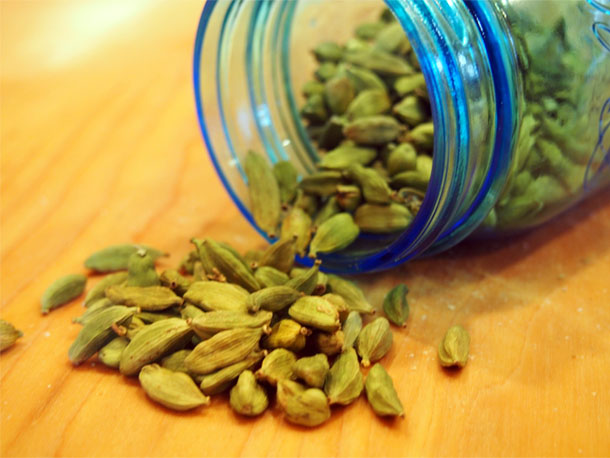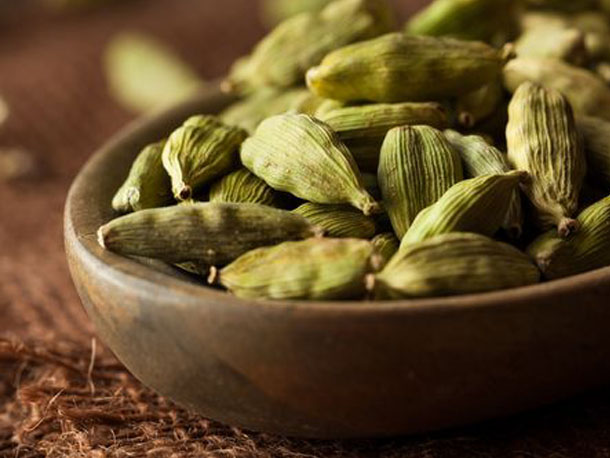Cardamom prices still face downward pressure

International cardamom prices have held a generally weak pattern in these early stages of 2014 despite a spate of demand in the run up to Christmas.
The next direction of the market remains unclear. Prices drifted down last November as large crops from India and Guatemala started arriving on the market. Meanwhile, shortages of the bold green material suggest that price slides on these grades might come to an end in the coming weeks.
One Rotterdam trader said that Guatemala’s total availability including crop and any carryover would amount to at most 35,000 tonnes. He noted that carryover was less on this occasion and the total supply volume (crop plus carryover) was therefore around 3,000 tonnes lower than that of 2012/13. “Last year the crop was 35,000 tonnes, with a carryover of around 2,500 tonnes,” he explained.
Impact of thrips
In addition, the trader confirmed that estimates still indicated that some 10-20% of the expected volume of 35,000 tonnes was damaged by thrips insect. However, it would still be possible to use this material for grinding purposes, such as mixed yellow quality (MYQ). “That means there is less availability of the greens,” he said.
Andrew Barker, managing director of PBA Brokerage, said he had heard that thrips damage was worse this year than in 2012/13. “This means there are less whole green cardamoms,” he noted. The bulk of the crop was always of the whole green cardamoms and buyers liked to see attractive whole green produce available.
Hence, in theory the market should see more MYQs for grinding, meaning downward pressure on these prices and a lessened decrease in price on the whole greens, Barker suggested.
The Rotterdam trader observed that buyers from Asia and the Middle East had been quite active recently, particularly on the lower grades, such as mixed yellow quality (MYQ) which they had been able to acquire at current low prices.
Barker said: “I would imagine at these lower prices there will be some activity because the market is good. People started buying just before Christmas.”
The Rotterdam trader added that MYQ cardamoms of 360 grams a litre could be acquired for USD3.25 per kilo.
Barker revealed he had seen 360 g/l MYQs offered at USD3.00/kg and had been informed it was possible to obtain these grades at USD2.80/kg.
The Rotterdam trader said specific countries purchasing of late included Syria, Dubai and India.
“That has resulted in less quantities being brought to the market by the farmers because the prices are not that interesting to them as they have seen prices which were five or six times higher about two years ago. Now the question is in which direction will the price go further?” the trader added.
On balance, the trader felt that the prices on lower grades had bottomed out. “Besides that, the green cardamoms are also in favour of the Middle East buyers, but the quantities are quite limited, especially for the bold greens,” he said.
The trader indicated dark green bold cardamoms of 8mm size at USD15 per kg cif Europe and pale green bold material at USD10.50/kg.
Barker remarked that the quoted USD15/kg grade was a highly specialised item which accounted for a negligible share of the market. The main focus instead was on small, medium and large whole green cardamons of full green colour. “Most people buy the medium size, which at the moment is around USD8.25/kg,” he said.
Barker indicated large sized whole green material of full green colour at USD9.25/kg and small at USD7.25/kg.
It is thought that India’s 2013 crop, which was harvested last July to September, amounted to 12,000-13,000 tonnes. This was a decent sized crop for the country but still significantly down from the 16,000 tonnes reached in 2012.
“But the local demand (in India) has also been increasing in the last few years, so the market needs more cardamom than before. In order to buy material that is cheaper and also suitable for their purposes they (Indian importers) are buying it from Guatemala,” the Rotterdam trader noted.
On the bold greens India had enough of its own output to not be in a desperate need to also cover these from Guatemala, he said.
Baker added: “Guatemala has seen three very large crops in row. World demand is obviously slowly picking up but a lot of people are saying that the market is pretty saturated at the moment. This is a slightly weak market and people are buying just in time rather than taking positions and that could put further weakness in the market. It could lead to suppliers in Guatemala getting more nervous about selling.”

